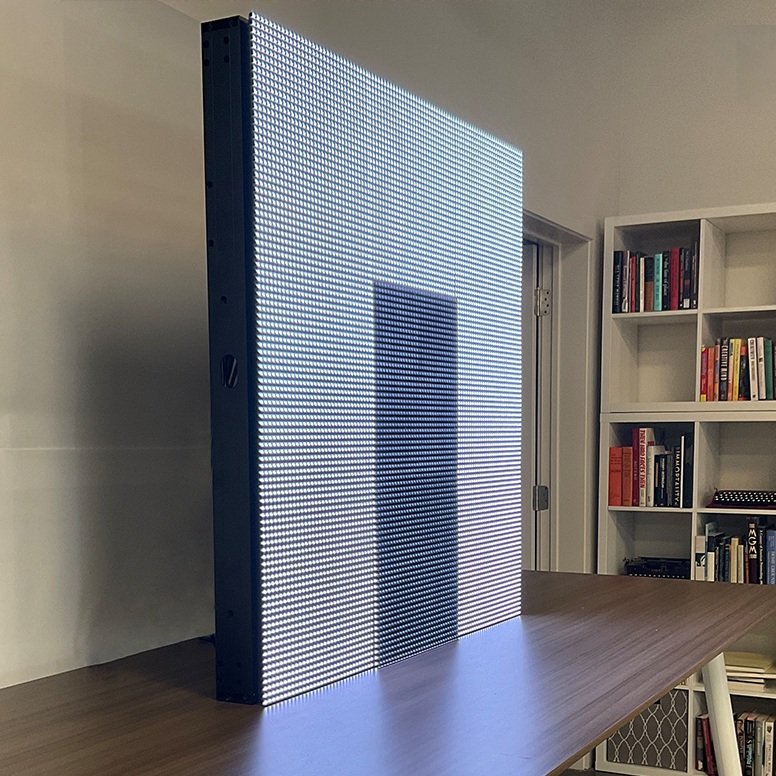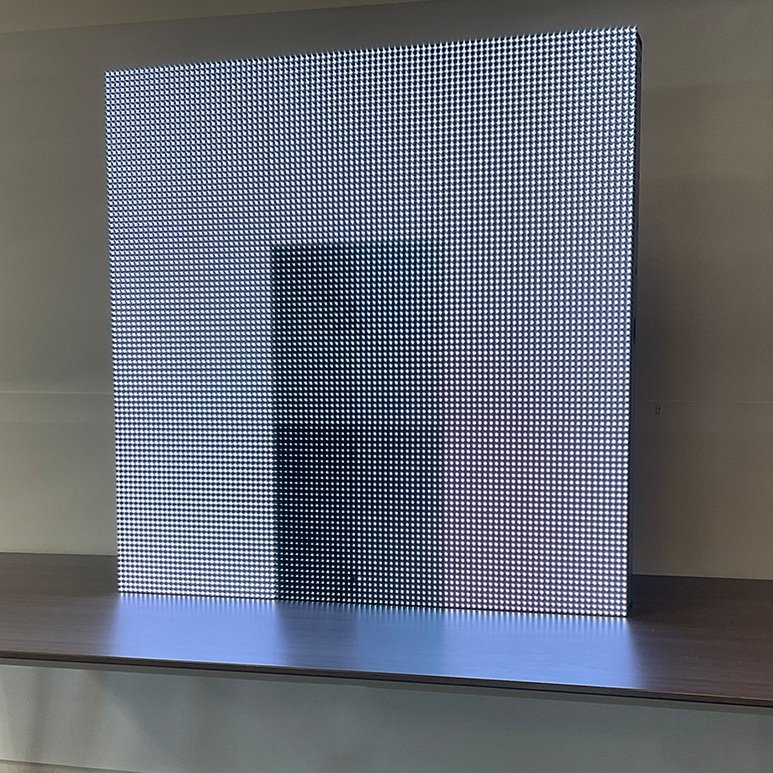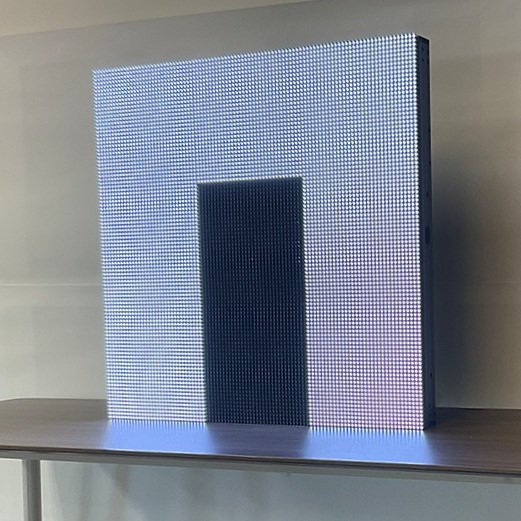Visibility Studies
What are we looking for?
The primary objective of a visibility study is to determine how well you can see a digital or static asset from multiple angles and distances. This information is useful for strategic, legal, and valuation purposes.
Legal. Ideally, we work in high-profile settings. This might mean a project is close to major transport hubs, cultural landmarks like Time Square, or high-value market locations like downtown LA. Each project location and unique zoning and entitlements considerations about what kind of digital and static assets can be built and visible.
Strategic. We design Dynamic Real Estate platforms to amplify our clients’ goals for their places. This means we want to make sure that each part of our Dynamic Real Estate platform is located, angled, and sized to contribute to a curated place and experience.
Value. Every part of our work is intentional to deliver maximum value. In cases where assets will feature branded media and presence, we work to determine the ideal location, angle, and size of the display to expose it to the largest possible audience.
In the case of one downtown-LA project, we were working with a client to design and implement a large scale digital display directly facing a residential building. Legal entitlement restrictions did not restrict the display’s location, but they did require it would be invisible to the residents for the adjacent residential tower. Our team faced the challenge of finding a way to maintain the display’s location while following the zoning limitations.
LED displays are made of up several aligned diodes that project the light, color, and content on a display with a small piece called a louver that directs the visible light. Our team developed a unique solution to re-orient the louvers for a portion of the display to make the image invisible for residents. To achieve proof-of-concept for our planned approach, we commissioned a 1/64-scale prototype display with 3-D printed louvers that cross a section of the diodes, instead of sitting on top of them. Members of our Austin team photographed the prototype display from multiple viewing points to replicate the real site. In this practical setting, we proved our solution to make the display’s content visible from some angles and not others.



